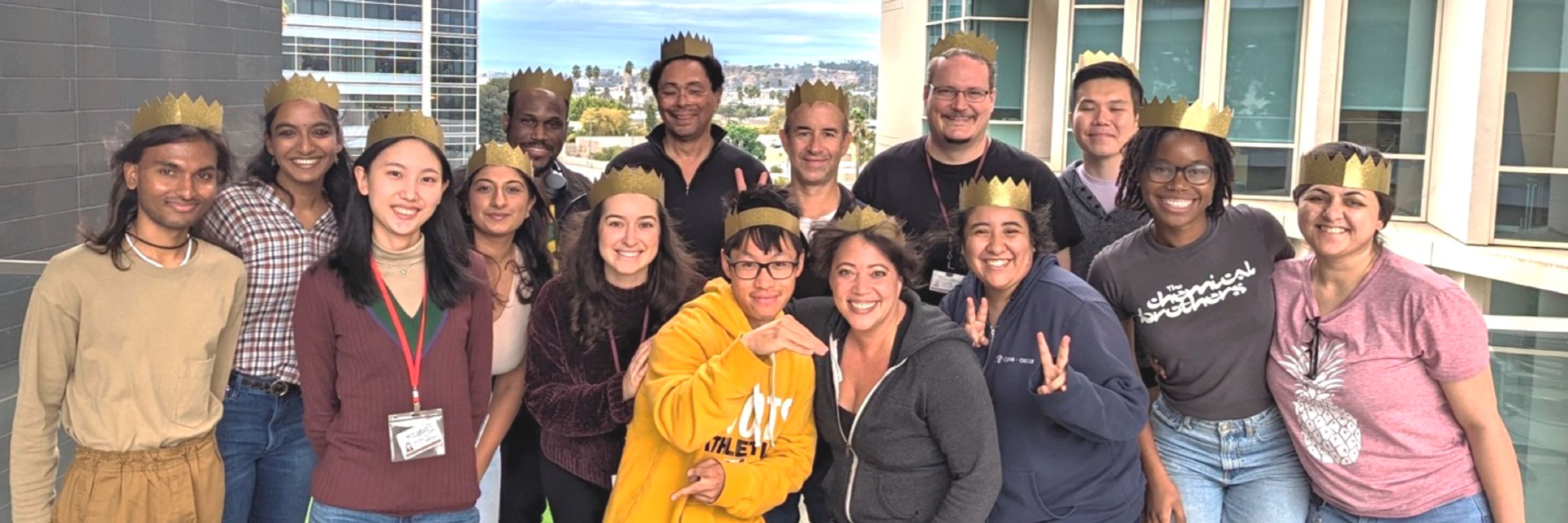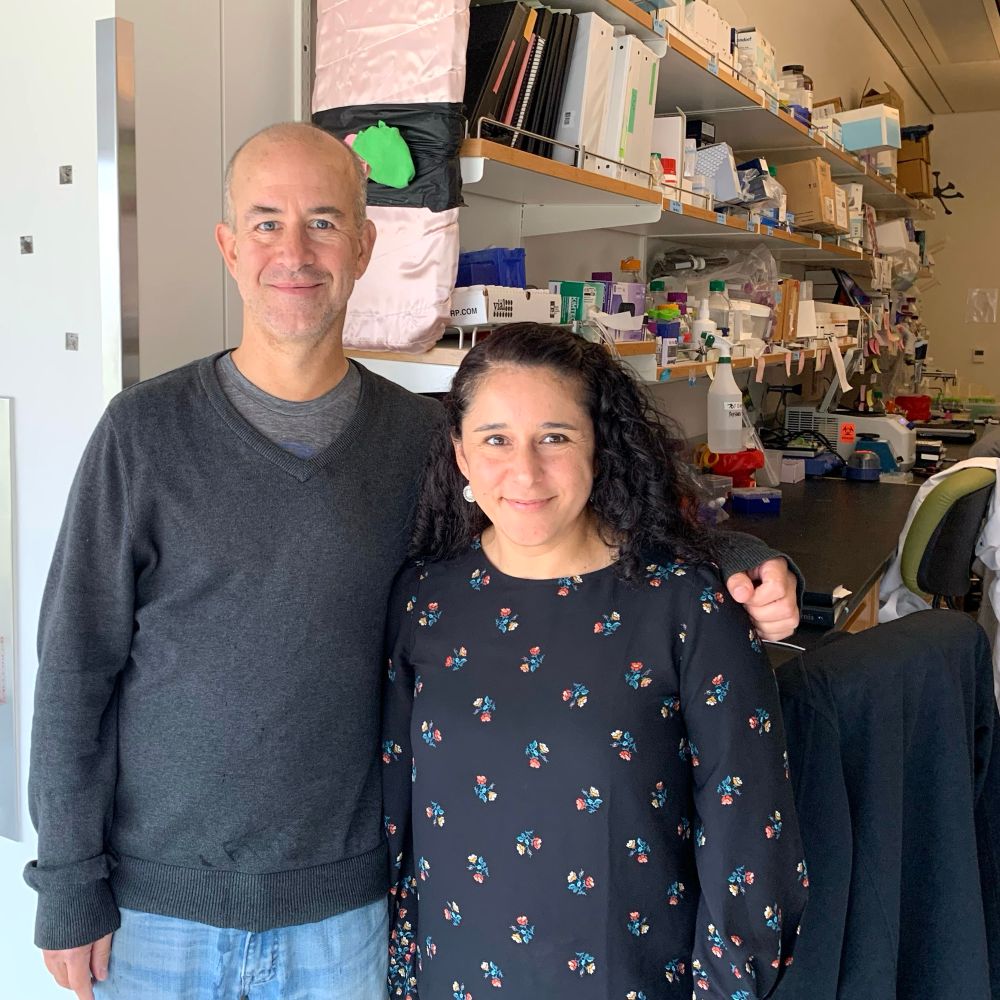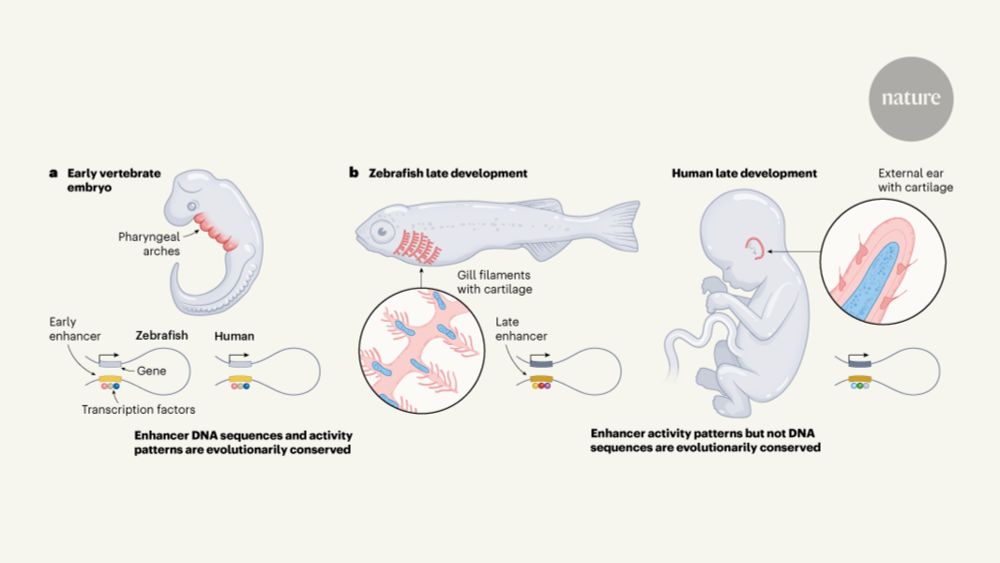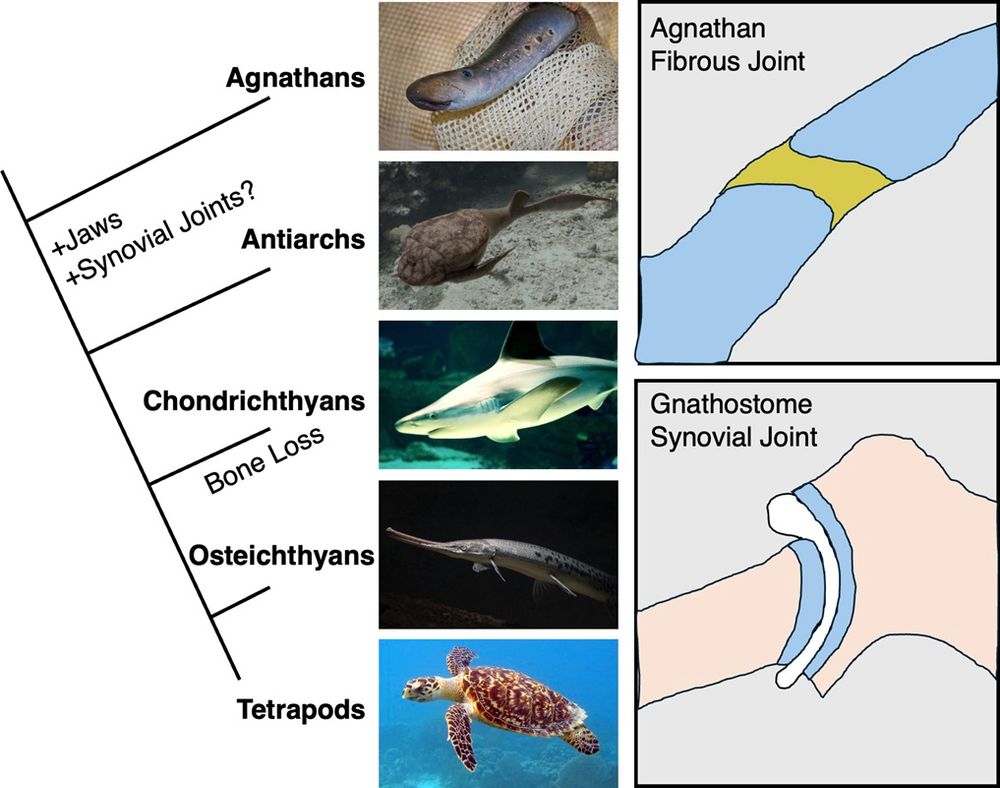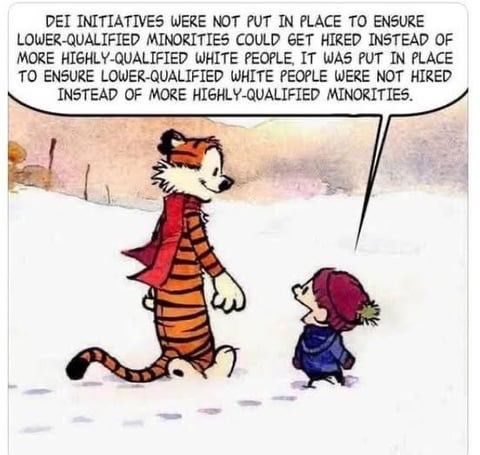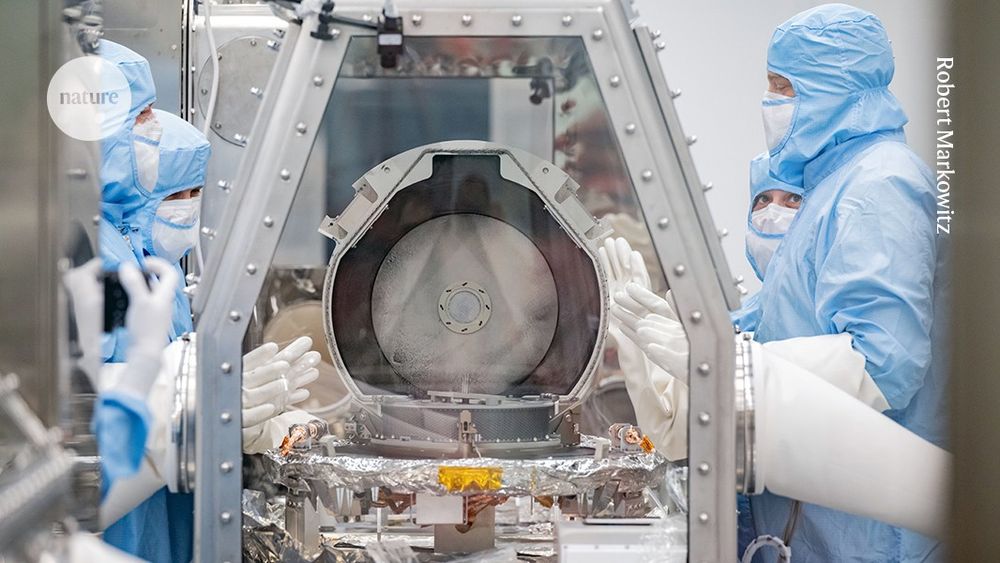Crump Lab
@crumplab.bsky.social
720 followers
810 following
36 posts
Studying development, evolution, and regeneration of the vertebrate head skeleton, one fish at a time
Posts
Media
Videos
Starter Packs
Crump Lab
@crumplab.bsky.social
· Aug 29

A developmental atlas of zebrafish gills links early vascular patterning to adult architecture
Gills are essential for fish respiration and have a highly specialized cellular architecture enabling efficient gas exchange. Surprisingly, the developmental processes underlying gill formation in zeb...
journals.biologists.com
Crump Lab
@crumplab.bsky.social
· Aug 27
Reposted by Crump Lab
Neil Shubin
@neilshubin.bsky.social
· May 21
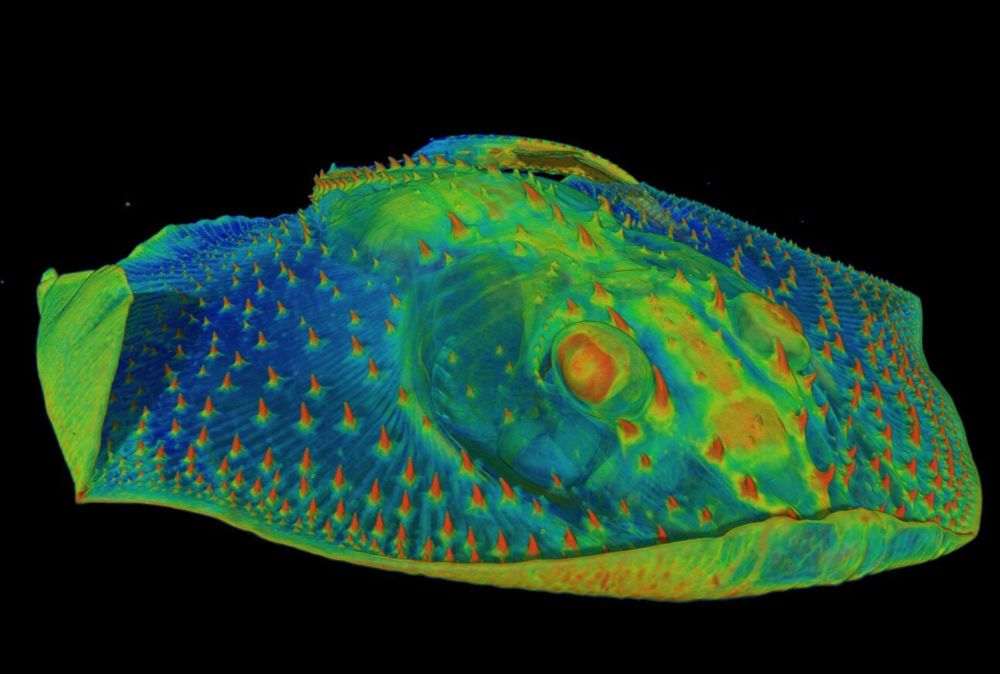
Teeth first evolved as sensory tissue in the armored exoskeletons of ancient fish, fossil scans find
Anyone who has ever squirmed through a dental cleaning can tell you how sensitive teeth can be. This sensitivity gives important feedback about temperature, pressure—and yes, pain—as we bite and chew ...
phys.org
Crump Lab
@crumplab.bsky.social
· Apr 25
Crump Lab
@crumplab.bsky.social
· Mar 31
Crump Lab
@crumplab.bsky.social
· Mar 29
Crump Lab
@crumplab.bsky.social
· Mar 24
Crump Lab
@crumplab.bsky.social
· Mar 22
Reposted by Crump Lab
Crump Lab
@crumplab.bsky.social
· Mar 6
Reposted by Crump Lab
Crump Lab
@crumplab.bsky.social
· Feb 20
Crump Lab
@crumplab.bsky.social
· Feb 19
Crump Lab
@crumplab.bsky.social
· Feb 11
Reposted by Crump Lab
Mark Cuban
@mcuban.bsky.social
· Feb 9
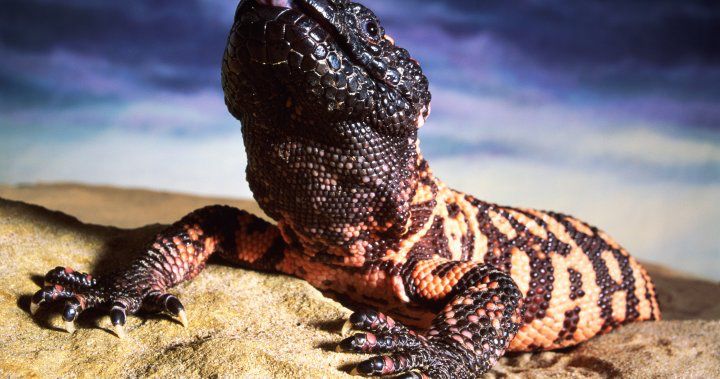
How a Canadian scientist and a venomous lizard helped pave the way for Ozempic - National | Globalnews.ca
In 1984, Dr. Daniel Drucker, an endocrinologist from the University of Toronto, discovered a hormone that helped pave the way for popular diabetes drugs such as Ozempic.
globalnews.ca
Reposted by Crump Lab
Crump Lab
@crumplab.bsky.social
· Feb 3
